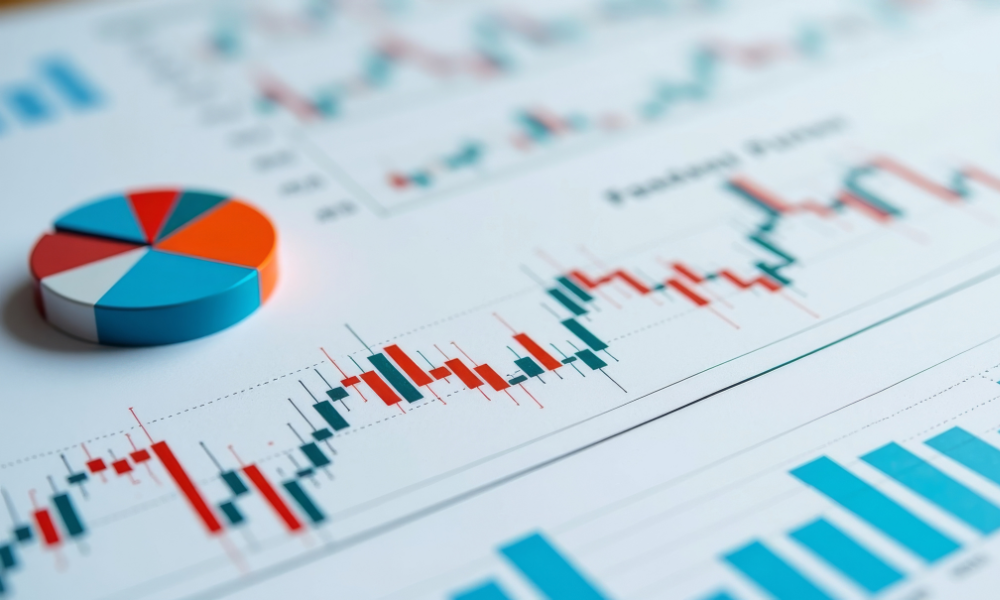The shifting preference toward passive investing is causing the two fund types to diverge
.jpg)
If you can’t beat the market, you might as well ride it — at least, that’s what investors pouring their money into ETFs seem to be thinking.
Figures from ETFGI show that investor money in ETFs has passed the amount in hedge funds by US$1 trillion at the end of June, according to the Wall Street Journal.
Demand for market-mimicking vehicles has been stoked by recent market highs. The S&P 500, along with major German and UK stock indexes, are approaching record levels. Strong corporate results in the US have buoyed the Dow Jones Industrial Average to close at a record high Monday.
Numbers from research firm HFR shows 3.7% in returns among hedge funds so far this year — lackluster compared to the almost 10% return achieved by the S&P 500.
Cost-consciousness has also played a role, as even institutional investors have moved money out of hedge funds and into ETFs. ETFGI has reported that on average, the asset-weighted annual cost for ETFs globally is 0.27%; the instruments also present certain tax and trading benefits. Meanwhile, hedge fund investors are typically charged 2% of assets, and can also lose 20% of profits over a certain threshold to fees.
In the first half of 2017, ETFs have attracted US$347.7 billion in net new assets, reported ETFGI. That dwarfs the US$1.2 billion in net new assets observed by HFR for hedge funds. However, there are over 1,000 more hedge funds than there are ETFs around the world.
As the two largest ETF providers in the world, BlackRock and Vanguard Group have gained the most from the shift to ETFs. Other money managers are trying to put their passive investment programs, as well as certain stock- and bond-picking strategies, in an ETF wrapper.
As faith in their ability to outperform plunges, hedge funds have started to give up a little on their prices. Paul Tudor Jones, known in the industry for some of the highest fees, has implemented two cuts over the past year and a half.
For more of Wealth Professional's latest industry news, click here.
Related stories:
Anti-volatility ETFs reach new high
Is Canada’s ETF growth sustainable?
Figures from ETFGI show that investor money in ETFs has passed the amount in hedge funds by US$1 trillion at the end of June, according to the Wall Street Journal.
Demand for market-mimicking vehicles has been stoked by recent market highs. The S&P 500, along with major German and UK stock indexes, are approaching record levels. Strong corporate results in the US have buoyed the Dow Jones Industrial Average to close at a record high Monday.
Numbers from research firm HFR shows 3.7% in returns among hedge funds so far this year — lackluster compared to the almost 10% return achieved by the S&P 500.
Cost-consciousness has also played a role, as even institutional investors have moved money out of hedge funds and into ETFs. ETFGI has reported that on average, the asset-weighted annual cost for ETFs globally is 0.27%; the instruments also present certain tax and trading benefits. Meanwhile, hedge fund investors are typically charged 2% of assets, and can also lose 20% of profits over a certain threshold to fees.
In the first half of 2017, ETFs have attracted US$347.7 billion in net new assets, reported ETFGI. That dwarfs the US$1.2 billion in net new assets observed by HFR for hedge funds. However, there are over 1,000 more hedge funds than there are ETFs around the world.
As the two largest ETF providers in the world, BlackRock and Vanguard Group have gained the most from the shift to ETFs. Other money managers are trying to put their passive investment programs, as well as certain stock- and bond-picking strategies, in an ETF wrapper.
As faith in their ability to outperform plunges, hedge funds have started to give up a little on their prices. Paul Tudor Jones, known in the industry for some of the highest fees, has implemented two cuts over the past year and a half.
For more of Wealth Professional's latest industry news, click here.
Related stories:
Anti-volatility ETFs reach new high
Is Canada’s ETF growth sustainable?



